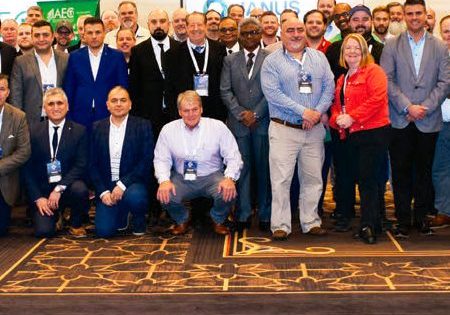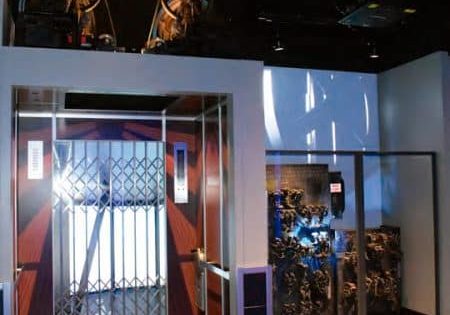Large carriers are set to shut down 2G and 3G mobile networks, which provide communication links to many elevators.
by Petr Čapek
Many essential systems and devices used in modern elevator technology rely on mobile networks for connectivity, but changes are coming to these networks. Some of the biggest mobile carriers have already revealed plans and timeframes to shut down their 2G (GSM) and 3G (UMTS) networks and complete the transition to the newer 4G or LTE technology. This will be a major technological change, and companies that install, maintain and service elevators that use the older networks should be seriously thinking about adopting suitable measures.
Failure to do so could result in elevators with nonfunctional emergency communication systems, which would put them out of compliance with safety standards.
Elevators equipped with emergency communication systems make use of specialized equipment (gateways) to connect their analog communications devices inside elevator cabins to the digital mobile network. The mobile network then transfers calls from the elevator cabin through the landline voice network to the elevator company’s dispatch center. Most of the gateways used on the market today operate on either 2G or 3G networks.
In many situations, gateways are also used to provide data connections between other devices (e.g., lift controllers) and the elevator company’s monitoring systems. Terminating 2G and 3G networks will result in a loss of data transfer just as it will connections for voice communications. To prevent devices going offline, the gateways must be replaced with equipment compatible with 4G cellular networks.
Emergency communication technology differs from market to market, but we can talk about the following two approaches.
Voice Over Long-Term Evolution (VoLTE) Only
The dual-tone multifrequency signaling (DTMF) protocol is a different method that allows signaling codes to be joined within a single voice channel. The drawback is that modern codecs used in the LTE network and transcoding between the mobile network and fixed lines distort DTMF. As a result, dispatching centers are unable to read correct signaling information, and elevators become noncompliant with the norms. For such cases, VoIP (voice over internet protocol [IP]) technology offers an elegant solution. The LTE network is used as a data network through which the LTE gateway sends voice and DTMF via the SIP protocol. Once dispatching centers support VoIP, they can receive voice and signaling data undamaged and through a single communication channel. The SIP protocol also supports multimedia communication, so it easily supports a video stream from IP cabin cameras.
The future of emergency communication lies in IP technologies, and transitioning to 4G mobile networks gives elevator companies the opportunity to get rid of legacy devices and manage elevators in a modern and more effective way.
Get more of Elevator World. Sign up for our free e-newsletter.








